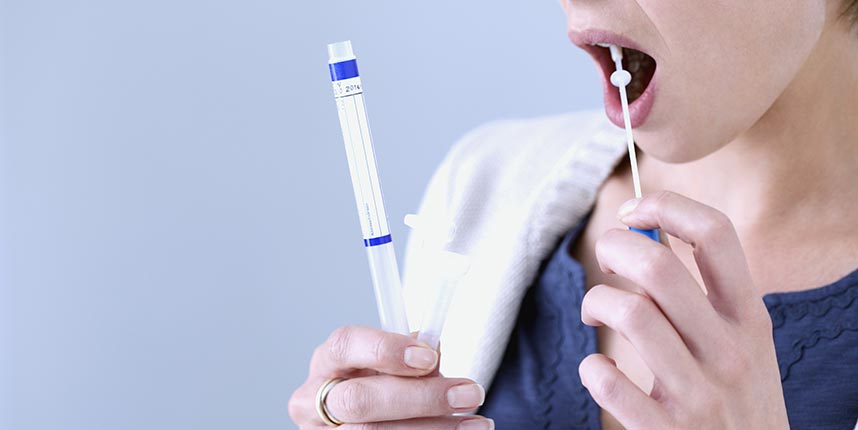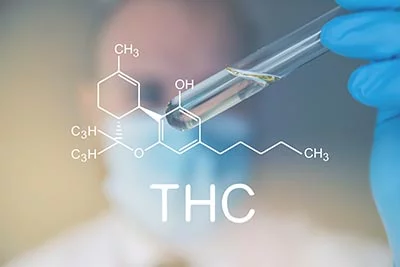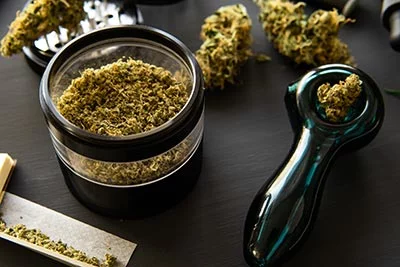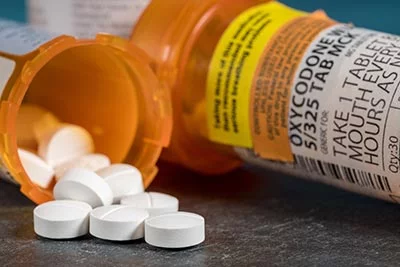New guidelines for the collection of samples for an oral fluid drug test.
Read more
Standards Australia and Standards New Zealand have come out with new guidelines regarding the collection of samples for an oral fluid drug test. Designated as AS/NZS 4760:2019, the standard outlines several changes to the requirements for accredited screening for signs of drug abuse found in saliva specimens.
Read on to learn more about the new oral fluid standard. Find out how it is going to affect Safework Health’s drug screening service for its clients.
What is AS/NZS 4760:2019?
As with any new standard in workplace drug testing, the change to the new requirements will evolve over the coming months as device manufacturers, on-site testing providers, regulatory bodies and others respond to the updated standard.
There are a number of significant as well as minor changes required to how an on-site saliva test for drugs of abuse is tested, collected, transported and analysed in a laboratory.
Changes to the collection procedure for an oral fluid drug test
A. Donor Informed consent
Drug testing companies should inform donors of the procedure for addressing disputed results. The expansion of collection procedures requires collectors to do the following:

- Verbally obtain full consent from the donor
- Explain the privacy requirements covering the sample and its analysis
- Report and inform the donor about procedures covering disputed results
Testing companies should also include these changes in their Collector training program.
B. Tamper evident seals
If a donor places their initials on the seal of their test sample, they also have to put their initials on the Chain-of-Custody form.
Safework Health already requires donors to place their initials on seals and sign the Chain-of-Custody form. There won’t be any major changes to its existing procedures.
Modifications to the Chain of Custody form
Under AS/NZS 4760:2019, the Chain-of-Custody form should feature additional items. This includes the expanded donor informed consent and recording transport device.
Changes to on-site oral fluid drug test procedures
A. New screening cut-off levels
AS/NZS 4760:2019 sets new cut-off levels for substances identified during drug screening.
- THC screening cut-off is now down to 15 ng/mL from the initial 25 ng/mL
- Oxycodone levels now has a cut-off of only 40 ng/mL

The National Association of Testing Authorities (NATA) said it expects new screening devices will become available within a year of the current date. In the meantime, the agency encourages drug testing companies to still use their existing screening devices.
Meanwhile, Safework Health is currently testing new and upgraded versions of screening devices. We will have instant (onsite) drug testing devices compliant with the new standard ready within the next 3 to 4 months.
Our team will inform our clients as soon as the devices become available.
B. Verification
The new standard requires drug testing companies to verify their sample transport devices. For our part, Safework Health already verifies its existing devices, such as Quantisal.
Changes to the reporting of oral fluid drug test results
A. Reportable cut-offs
Standards Australia and Standards New Zealand has updated its guidelines for reportable cut-offs involving an oral fluid drug test.
THC
AS/NZS 4760:2019 reduces the reportable cut-off for THC screening tests from 25 ng/mL to 15 ng/mL. It also lowers the threshold for confirmatory tests from 10 ng/mL to 5ng/mL. However, both moves have raised significant concerns regarding the potential impact of passive cannabis smoking.

Niedbala et al report (2004 and 2005)
In 2004, researcher Niedbala and colleagues reported levels of THC in oral fluid up to 4.2 ng/ml in reasonably ventilated environments.
However, in the presence of regular (i.e, non-extreme) cannabis smokers in very poorly ventilated environments, OF THC levels were substantially higher. The study recorded oral fluid THC levels ranging from 3.6 ng/mL to 26.4 ng/mL.
A subsequent study also by Niedbala et al. in 2005 found oral fluid THC levels between 3ng/mL and 14 ng/mL. The researchers saw this in cases of passive smoking in normally ventilated rooms within 2 hours of testing.
Cone et al report (2015)
In 2015, Cone and fellow researchers came across similar findings to those of Niedbala et al.
In their own report involving an average OF THC 6 passive subjects, Cone et al found that all passive THC exposures were undetectable 75 to 90 minutes after use. They came across the result regardless of the subjects’ exposure levels.
One can derive a 90 minute to 2 hours limit for potential passive cannabis exposure. Any collection after this period would be ascribed to active use of the substance. Concerns regarding passive smoking can therefore be negated.
Screening OF THC cut-off at 15 ng/mL
The process may be able to capture some passive smokers only if they are:
- Exposed to high [THC] cigarettes ~ 11.3% Δ 9 -THC.
- Staying in a very poorly ventilated environment NOT a standard room.
- Tested after 90 to 120 mins of exposure or if they are in a THC contaminated room.
Confirmatory OF THC Cut-off at 5 ng/mL
The process may capture passive smokers if they are:
- Staying in a poorly ventilated environment.
- Tested within ~ 3.5 hrs of exposure or if they are in a THC contaminated environment.
These guidelines will not be applied under any other circumstances.

Cocaine metabolite Ecgonine methylester (EME)
Standards Australia and Standards New Zealand have removed cocaine metabolite EME from their list of reportable substances.
Safework Health will continue to assay EME in its reports. We will flag test results that will show abnormal ratios of cocaine metabolite since these may have a bearing on the time of use.
Oxycodone
The updated standard formally establishes the cut-off level for oxycodone at 20 ng/mL.
B. Format change
All reports should clearly specify that the security seals for specimens are intact. The statement effectively replaces the practice of appending ‘CoC complete’ on collected samples.
Collectors need to record the devices used for OF collection, transport and storage (e.g. Quantisal).
Testing reports will now use AS/NZS 4760-2019 as their concluding standard reference.
Guidelines regarding disputed results
Standards Australia and Standards New Zealand have set guidelines in cases where there is a disputed result. Drug testing companies are required to do the following:
- Recommend replicate analyses
- Obtain the Donor’s consent before they send disputed results for reanalysis.
- Issue disputed results to the donor, the requesting authority and to the laboratory that originally tested the sample in question.

Criteria for rejection of oral fluid drug test samples
AS/NZS 4760-2019 provides new criteria for rejecting test samples.
For instance, the Chain-of-Custody form cannot be corrected for fatal errors. This includes wrong name or ID, incomplete form, and incomplete or unlabelled specimens.
In case there is a rejected sample, Safework Health will still issue the results. However, the subsequent report will have to specify that the Chain-of-Custody was not intact.
A non-intact Chain-of-Custody is not considered viable evidence in a Court of Law.
Changes in the designation of Collectors
Standards Australia and Standards New Zealand define a Collector as someone who has successfully completed training for the following:
- Oral fluid collection
- On-site drug screening (if applicable)
- Handling, storage and dispatch of specimens
A Collector also needs to show that they are competent in executing their duties.
NOTE: Courses for Collectors may be provided by the Vocational Education and Training (VET) Quality Framework, the Faculty of Clinical Forensic Medicine (RCPA), the New Zealand Qualification Authority. This also includes programs that offer equivalent training.
Safework Health provides our own accredited training courses for oral fluid collectors.
Safework Health’s Adoption of AS/NZS 4760-2019
Safework Health has begun introducing the new guidelines established with AS/NZS 4760-2019. We started adopting the new guideline in October 2019. Our team is working with clients to help familiarise them with the changes.
If you have questions or want to discuss AS/NZS 4760-2019 more in depth, feel free to contact us today.
You can also buy a copy of the new Standards Australia or Standards New Zealand guideline HERE.
References:
- Niedbala et al J Anal Toxicol. 2004 Oct;28(7):546-52
- Niedbala et al. J Anal Toxicol, 2005 Oct;29: 607-15) .
- Cone et al J Anal Toxicol 2015 Jan; 39(1):1–12
